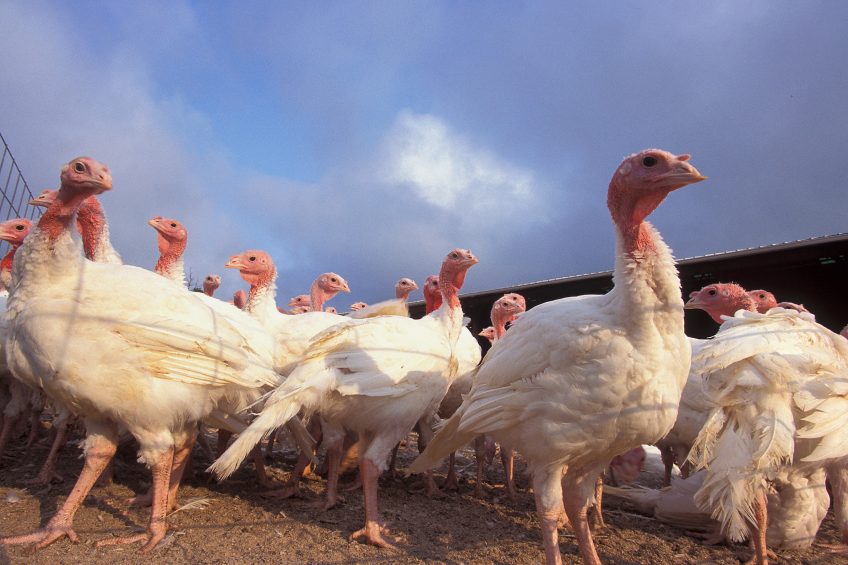Turkey skin could hold the key to salmonella contamination

Researchers have discovered that turkey skin may be hold the key to salmonella contamination in ground turkey.
The scientists at the University of Georgia’s Poultry and Research Centre have found that salmonella on the bird’s skin may be a significant contributor to ground turkey contamination.
Check out the interactive Poultry Health Tool – with the latest insights on the 40+ most common poultry diseases.
Turkey skin used as fat source in processing
Turkey skin is often used as a source of fat when manufacturers make ground turkey as the muscles are so lean.
Past research has led scientists to believe that cross-contamination with faecal material on the turkeys during processing was the main cause of salmonella contamination. In a study published last year, 300 samples per type of turkey parts were collected and tested for salmonella. The results found that salmonella was found in:
- 13.7% of drumstick skin
- 19.7% of thigh skin
- 25% of chicken wing skin
Study found contamination in 30% of in breast skin samples
In the current study, which has been published in this month’s Food Poisoning Bulletin, researchers inoculated 1 day old commercial turkeys with a salmonella cocktail that contained 5 different Heidelberg strains. Tests were conducted in lymphatics, tibiotarsus (a bone in the chicken’s leg) and in breast skin.
All of the muscle-tissue and tibiotarsus samples tested negative for the pathogenic bacteria. But 30% of the breast-skin samples were positive for Salmonella Heidelberg.
Also read: Salmonella infections linked to live poultry have infected nearly 1,000 people this year across the United States, according to figures released by the Center for Disease Control and Prevention (CDC).
The US study was prompted by 5 major Salmonella Heidelberg outbreaks linked to poultry products between 2011 and 2014, which affected hundreds of people across the country.













